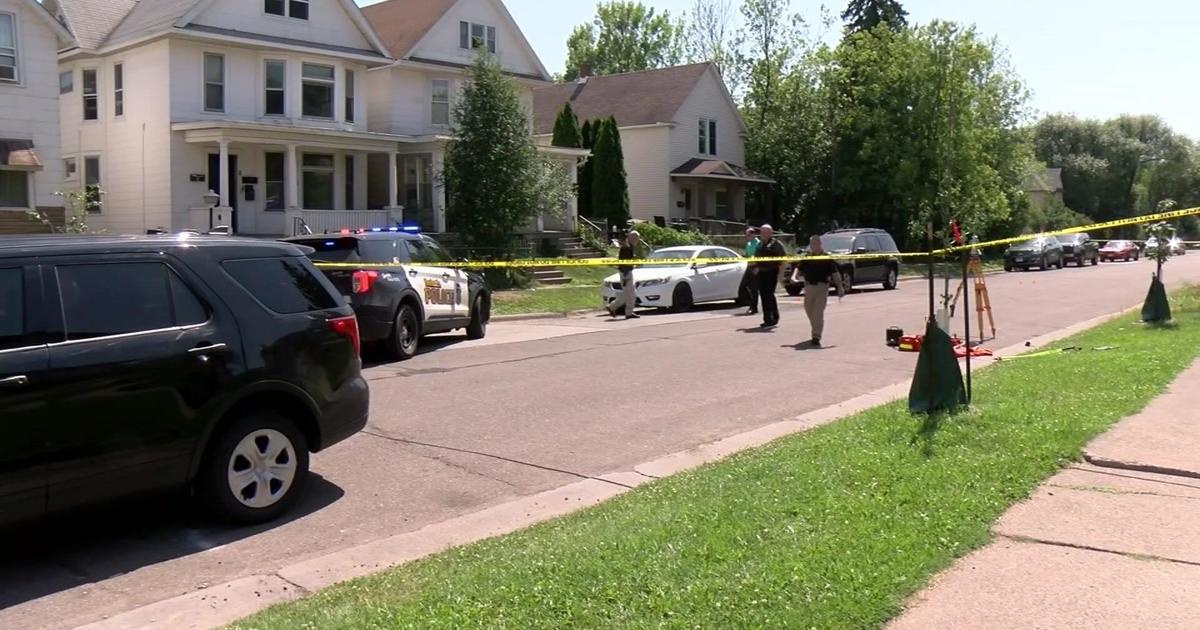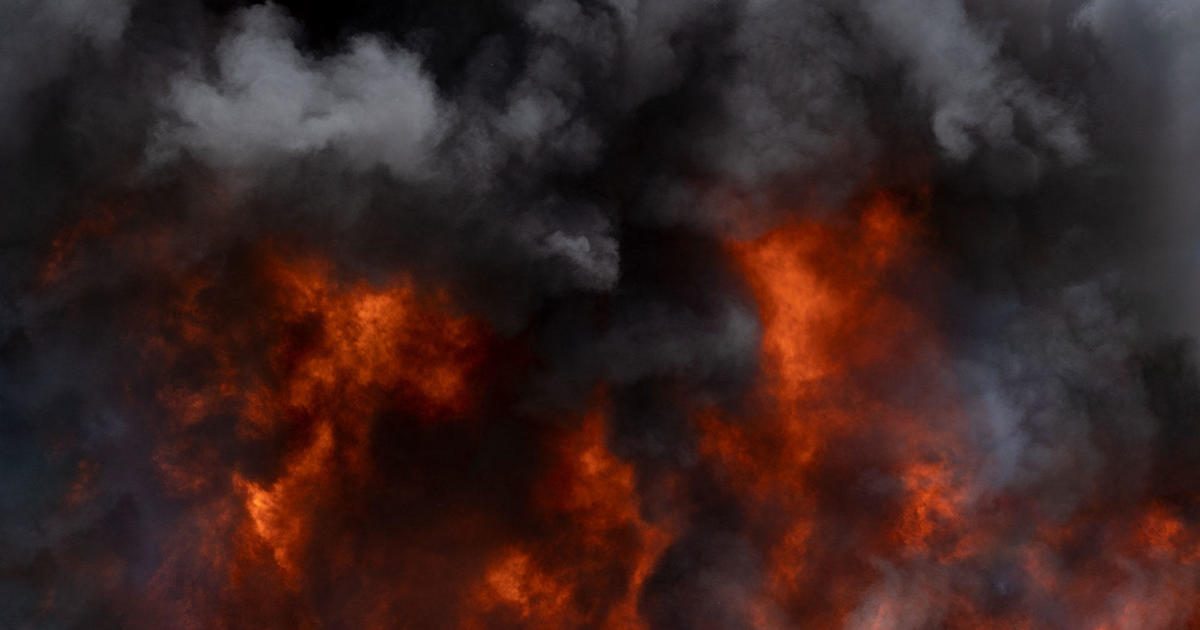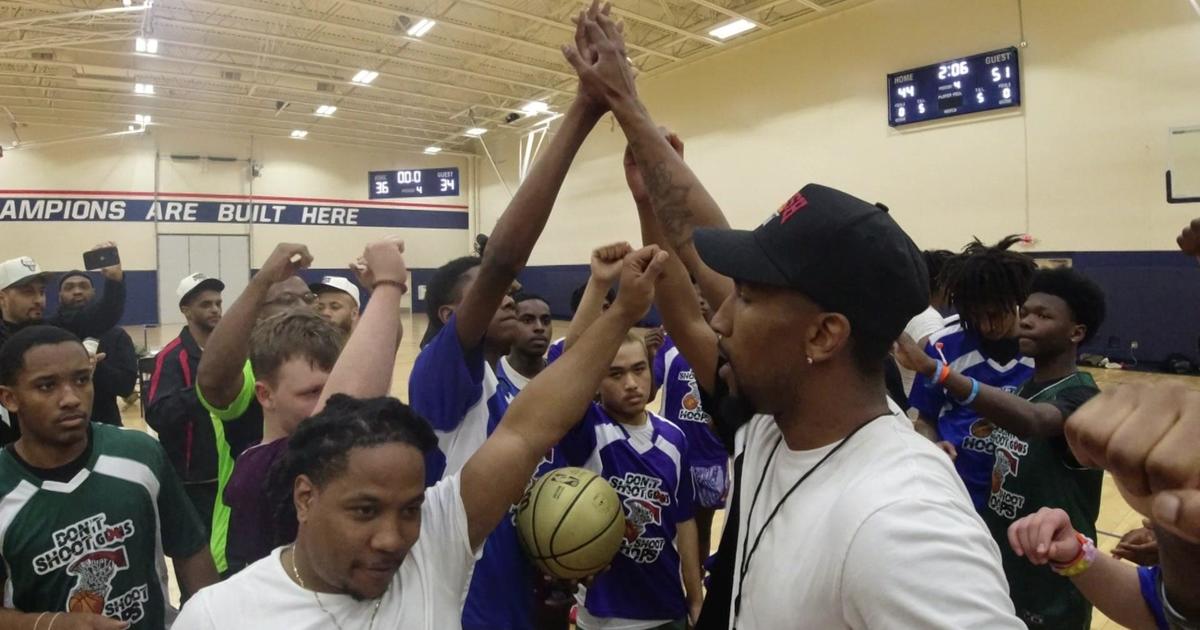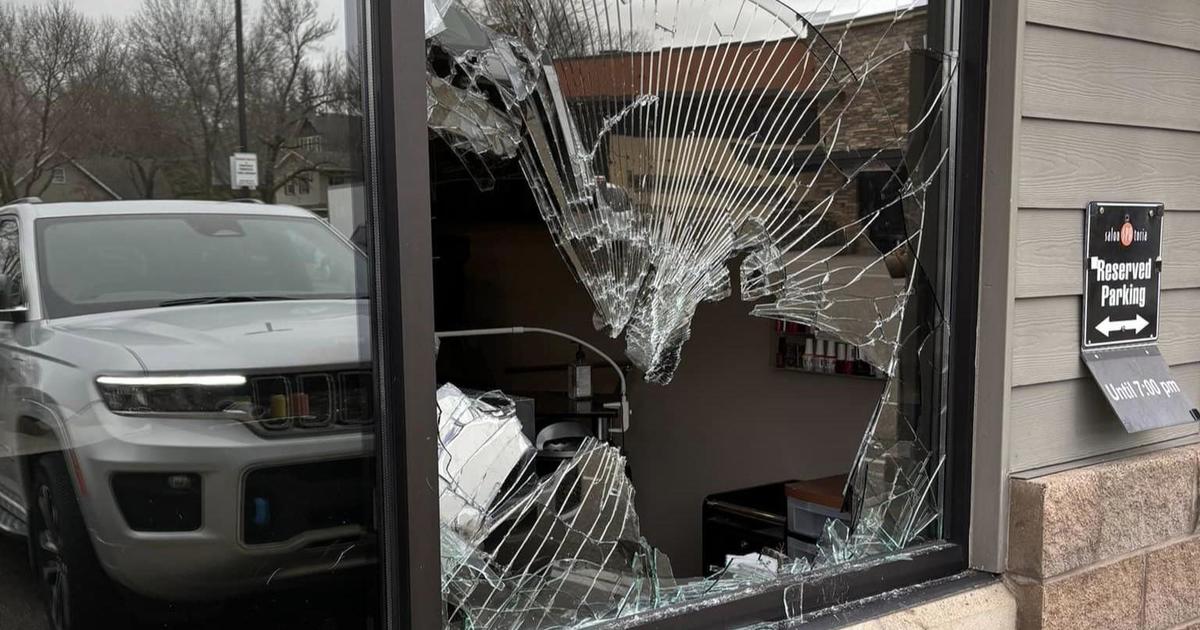CDC: Gun Homicides On The Rise
NEW YORK (CNN) -- Shooting homicides are on the rise, though other common methods of murder remain flat, according to the US Centers for Disease Control and Prevention.
The most common method of killing another person from 2010 through 2016 was by using a gun, Thursday's CDC Morbidity and Mortality Weekly Report indicates. Knives or other tools that cut or pierced were the second most-common homicide method during that period, while the third most common was suffocation. Overall, gun murders accounted for nearly 70.5% of total homicides -- more than two-thirds -- for the period.
All three methods of homicide remained stable from 2010 through 2014. However, for the two-year period after that, gun homicides increased 31%, from 11,008 shooting deaths in 2014 to 14,415 in 2016. The two other top methods remained stable between 2014 and 2016.
As a result, the number of gun homicides was about 8 times higher than those involving knives (1,781) and about 30 times higher than those involving suffocation (502) in 2016.
Part of the sharp upward curve beginning in 2014 may be because of a surge of violence in a small number of cities, including Chicago, Baltimore, St. Louis and Kansas City, said Daniel Webster, a professor of health policy and management at the Johns Hopkins Bloomberg School of Public Health.
Each of these cities has experienced "fairly notable and large increases in homicides over the period in question," while "other places have been more flat," said Webster, who was not involved in the CDC report.
'Volatile over time and space'
Generally, the abrupt rise in firearm homicides is not particularly surprising. "When you look at homicides committed by means other than firearms, the trends aren't particularly remarkable," Webster said. "They are relatively flat, maybe slightly declining.
"What is most volatile over time and space is gun homicides," he said.
This is not the first time the nation has experienced such a spike, he said, pointing to the "enormous increase in firearm homicide rates that began in the late 1980s, peaked around 1994 and then dropped dramatically back to where they were in the mid-'80s by the end of the '90s."
Although Webster said he did not wish to oversimplify what happened during that decade, he said an important component of that surge was the number of youths, particularly those living in urban areas, and the use of crack cocaine.
Gun violence is essentially contagious, he said: "Violence begets violence."
When there is a shooting or two in a given neighborhood in a short period, what often follows is a retaliation shooting or simply a lot of people feeling nervous who begin to carry guns, he said.
"If more people are carrying guns and they think there are others out there going to kill them ... they are going to shoot first and ask questions later," Webster said.
Erich Pratt, executive director of Gun Owners of America, a nonprofit group that lobbies for gun rights, wrote in an email that "Guns are deadly. But that also makes them effective for self-defense."
'Breakdowns in society'
A CDC-sponsored study from 2013 found that "guns are used in self-defense anywhere from 500,000 to 3 million times a year," Pratt said. "That means that compared to the CDC figures for 'firearm homicides' in 2016, guns are being used 35 to 208 times more often to save [lives]."
For this reason, then, the new chart tells us only "part of the story," he said. "It would be like only focusing on deaths resulting from doctor's negligence -- which are around 250,000 per year -- and ignoring the overwhelming amount of good that physicians do."
Webster said the number of civilians who carry guns is another form of gun contagion or basic social influence, especially with changing gun laws.
"Just like we admire people's clothes or haircuts or whatever -- 'I think I'll do that' -- the same thing happens with civilian gun carrying," he said. "We now have 12 states for which you can carry a loaded concealed gun with you or in your vehicle with no license or no vetting, no nothing." He noted that these laws apply only in cases in which the armed person is not a convicted felon and doesn't fall into other prohibited categories.
"The available data suggests that as we make it easier and easier for more and more civilians to carry guns wherever they want, we end up with more homicides and other firearm-related crimes," Webster said. He added that infectious diseases share similar outbreak patterns, going up very rapidly and then coming down very rapidly.
"If restricting access to firearms made people safer, then Venezuela should be a utopia," Pratt noted. "The country banned the private ownership of guns in 2012 and then later enforced that ban with gun confiscation. And yet they now have a murder rate that is almost 20 times higher than the murder rate in the U.S."
Webster agrees that "Venezuela has a problem; Mexico has a problem; there are a number of places where, even with strong gun control laws, they have rising rates of violence."
A lot of that violence is connected to "literal breakdowns in society," he said: "You have cartels who have basically either bought or intimidated many people within the law enforcement criminal justice apparatus. You've got a whole other set of conditions that come into play when you think about Venezuela or Mexico or some other places."
If laws in the US make it easy for cartels, criminal organizations, domestic violence offenders and troubled teens to access guns, violence will increase, Webster believes.
Pratt counters that "more good guys with guns will serve as a deterrent to criminals."
"Consider that between 2007 and 2016, the number of concealed carry permits in the country rose by 256%, and yet the murder rate dropped almost 10% and the violent crime rate dropped almost 20% (as seen in the FBI's figures here)," he wrote.
Webster said that "risk is the bottom line. It's only guns in the context of risk."
A different outcome would probably occur if you gave loaded guns to a group of drunken people versus the same group when sober, he said. The same applies if you gave guns to a group of people at a soccer game versus at a figure skating competition or a group of Quakers versus a group of former felons.
Although the majority of people who carry guns may be "perfectly safe and law-abiding people," there's always a "subset" who are not, Webster said: "Where there are more guns, more people get shot by them."
The-CNN-Wire
™ & © 2018 Cable News Network, Inc., a Time Warner Company. All rights reserved.



